Archive
2021
KubaParis
The Thawing Of The Great Bear
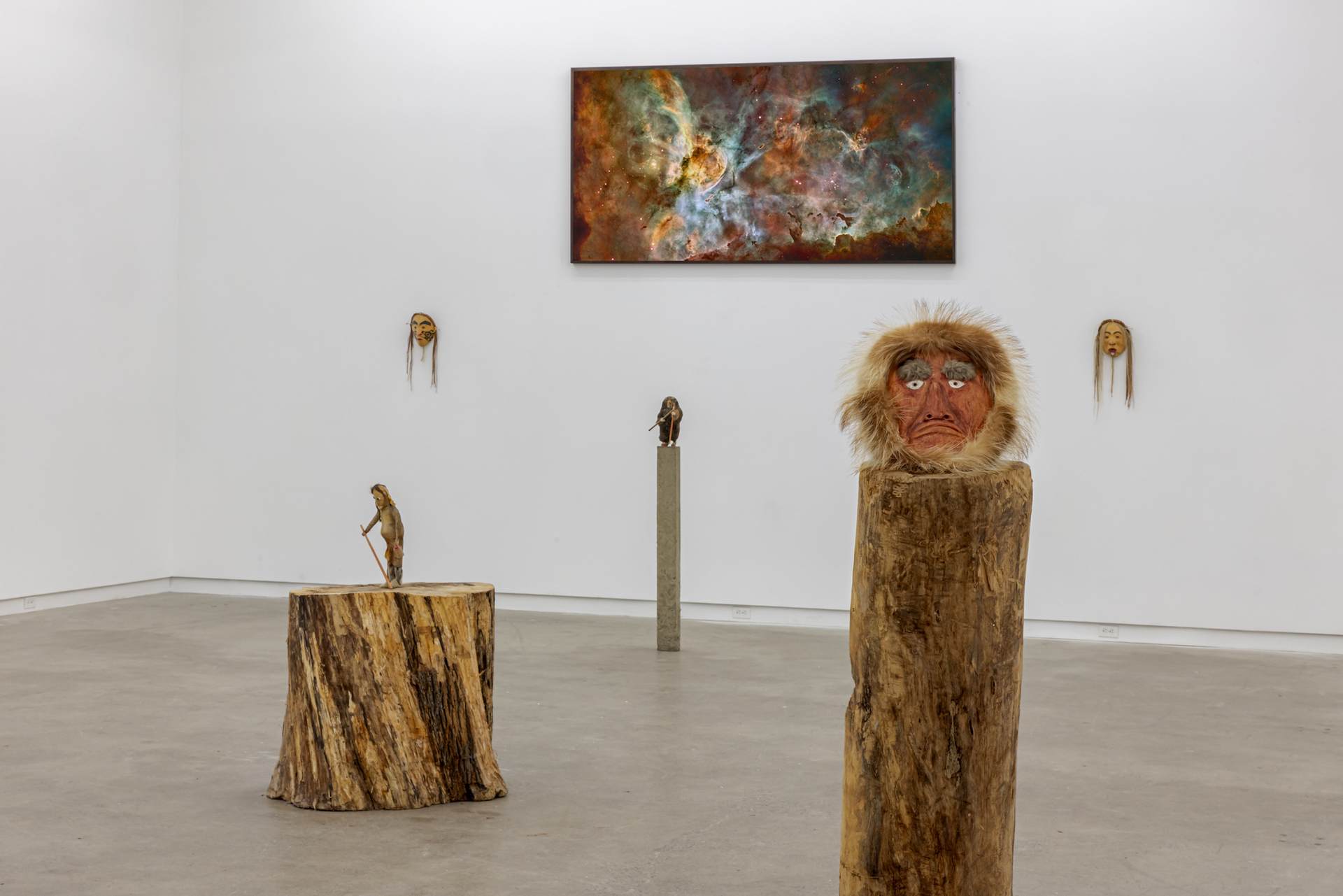
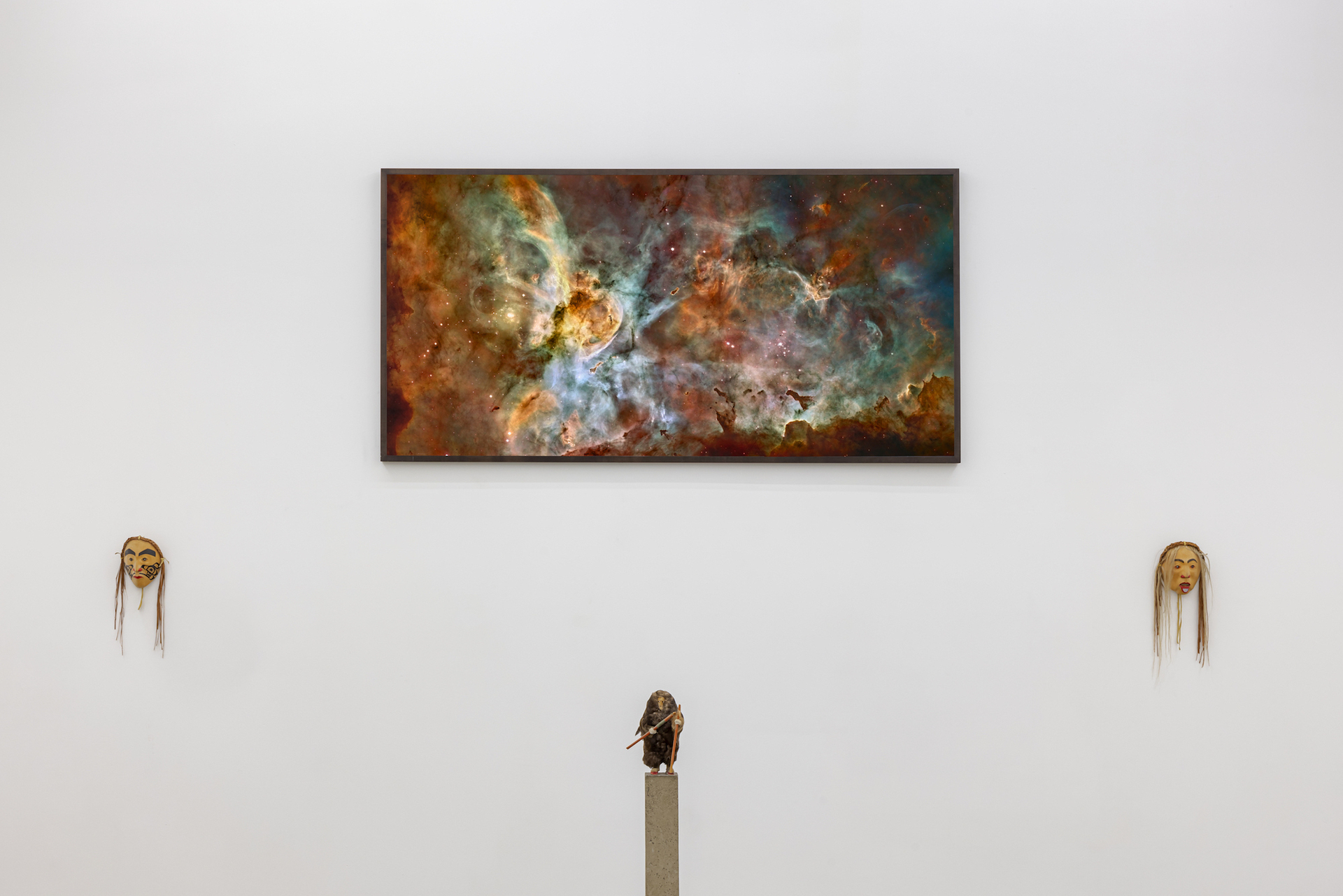

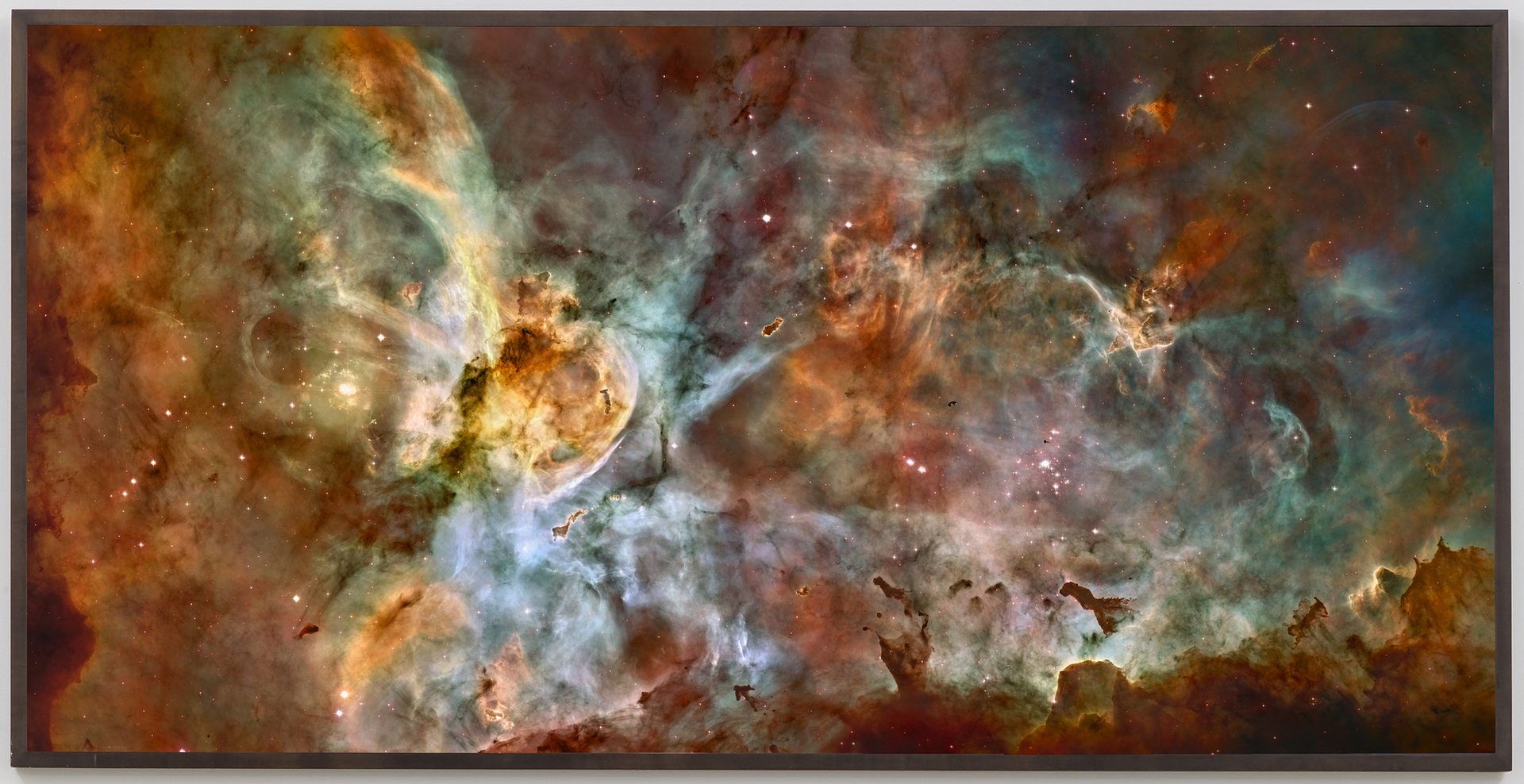
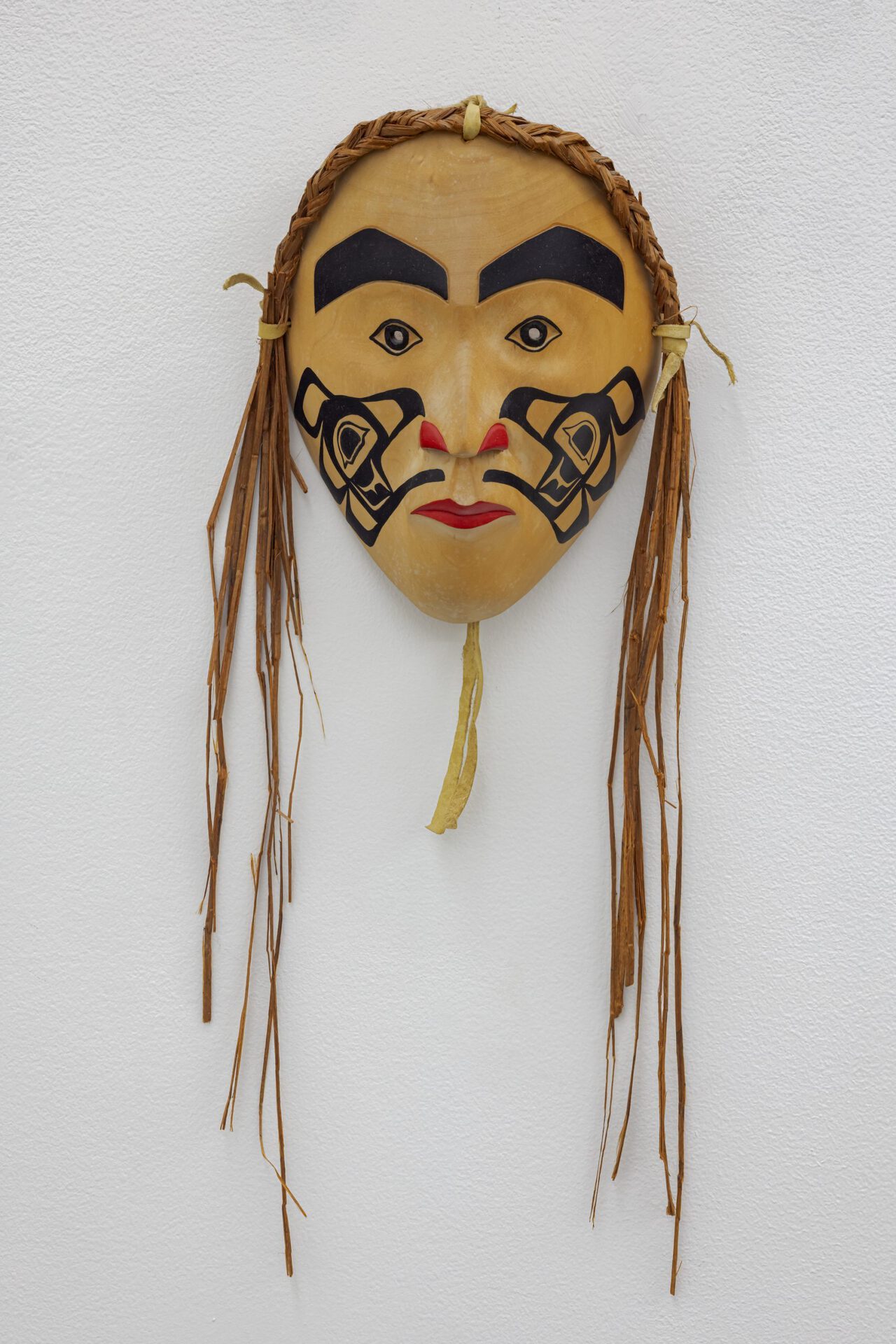
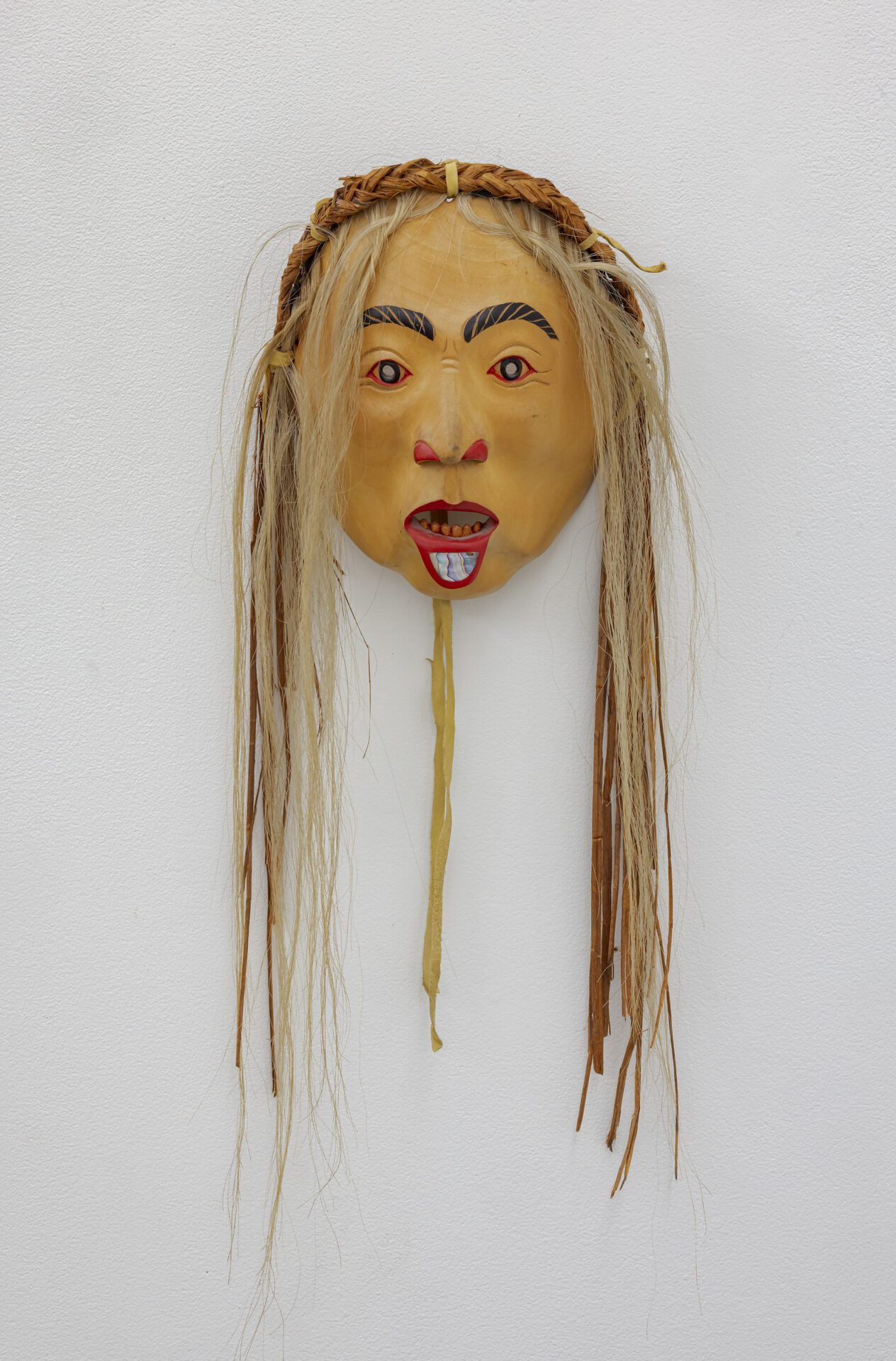
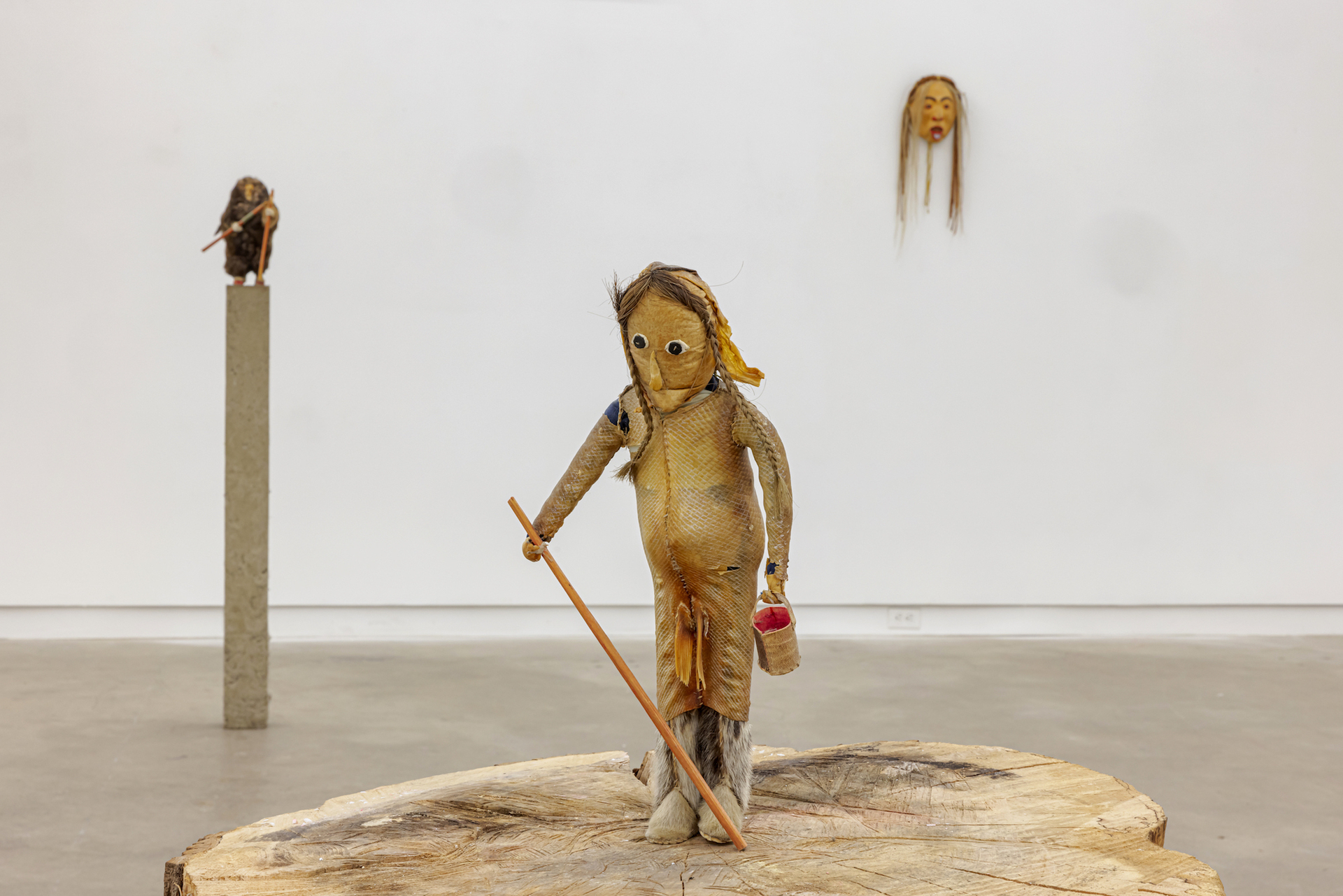
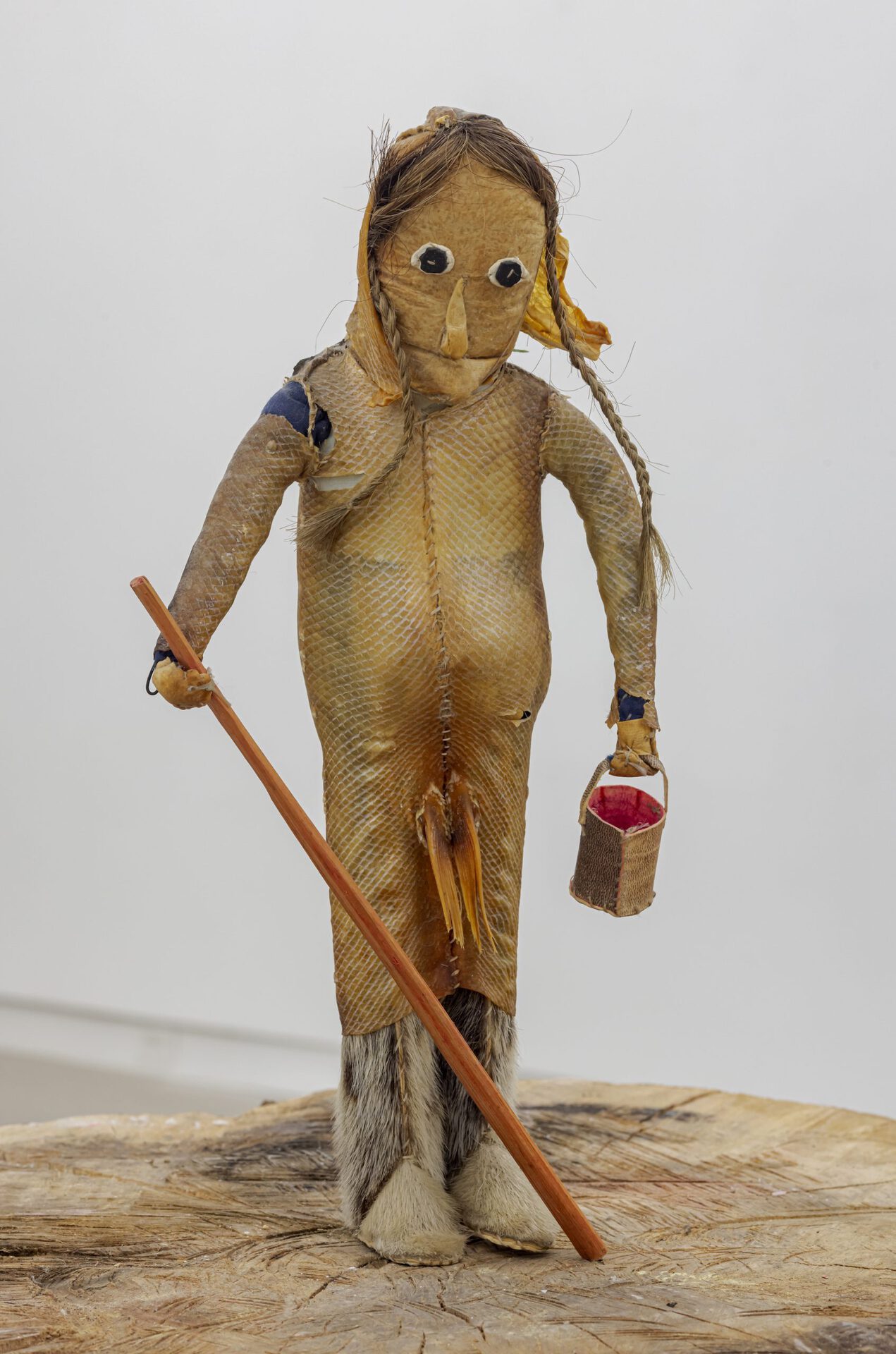
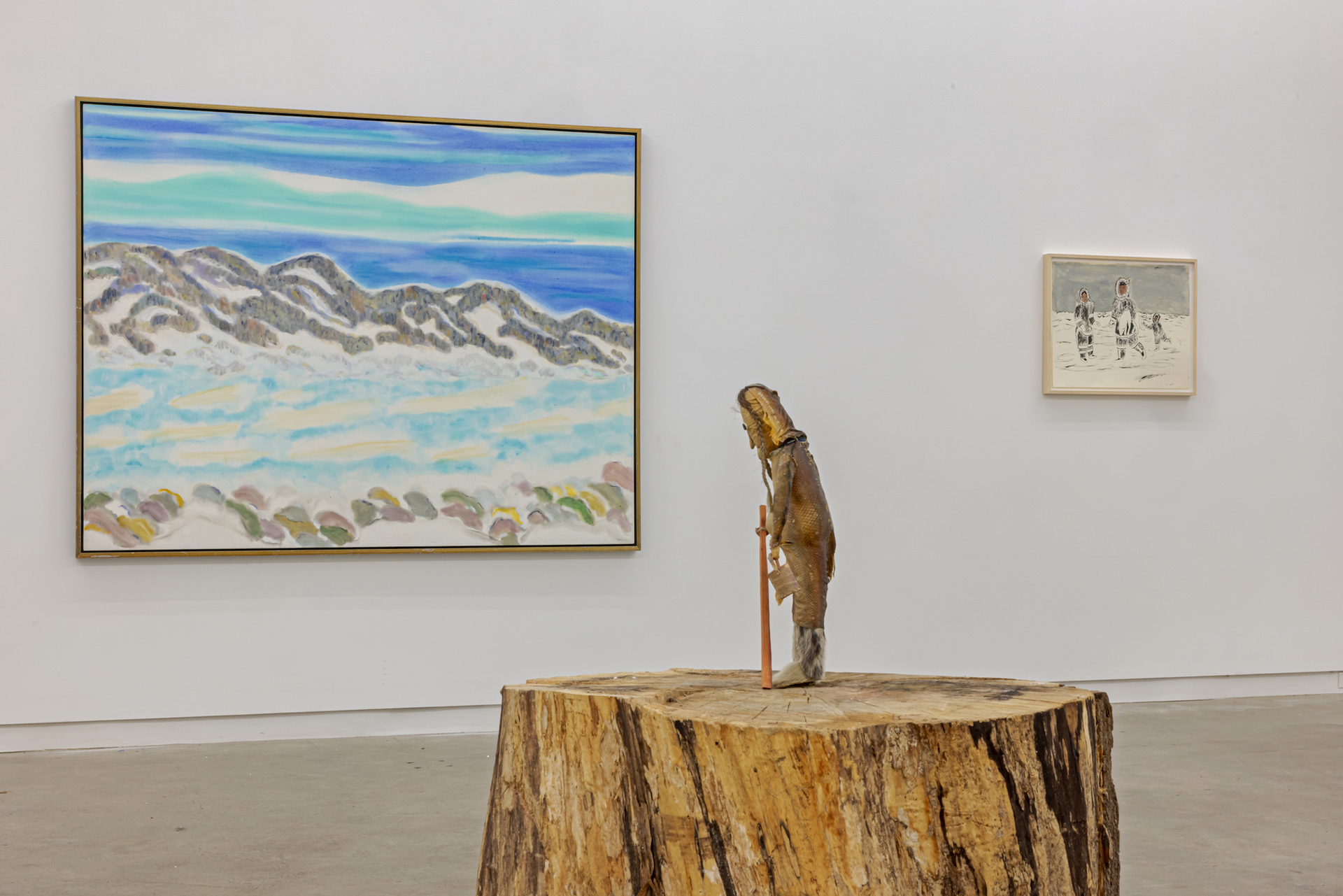
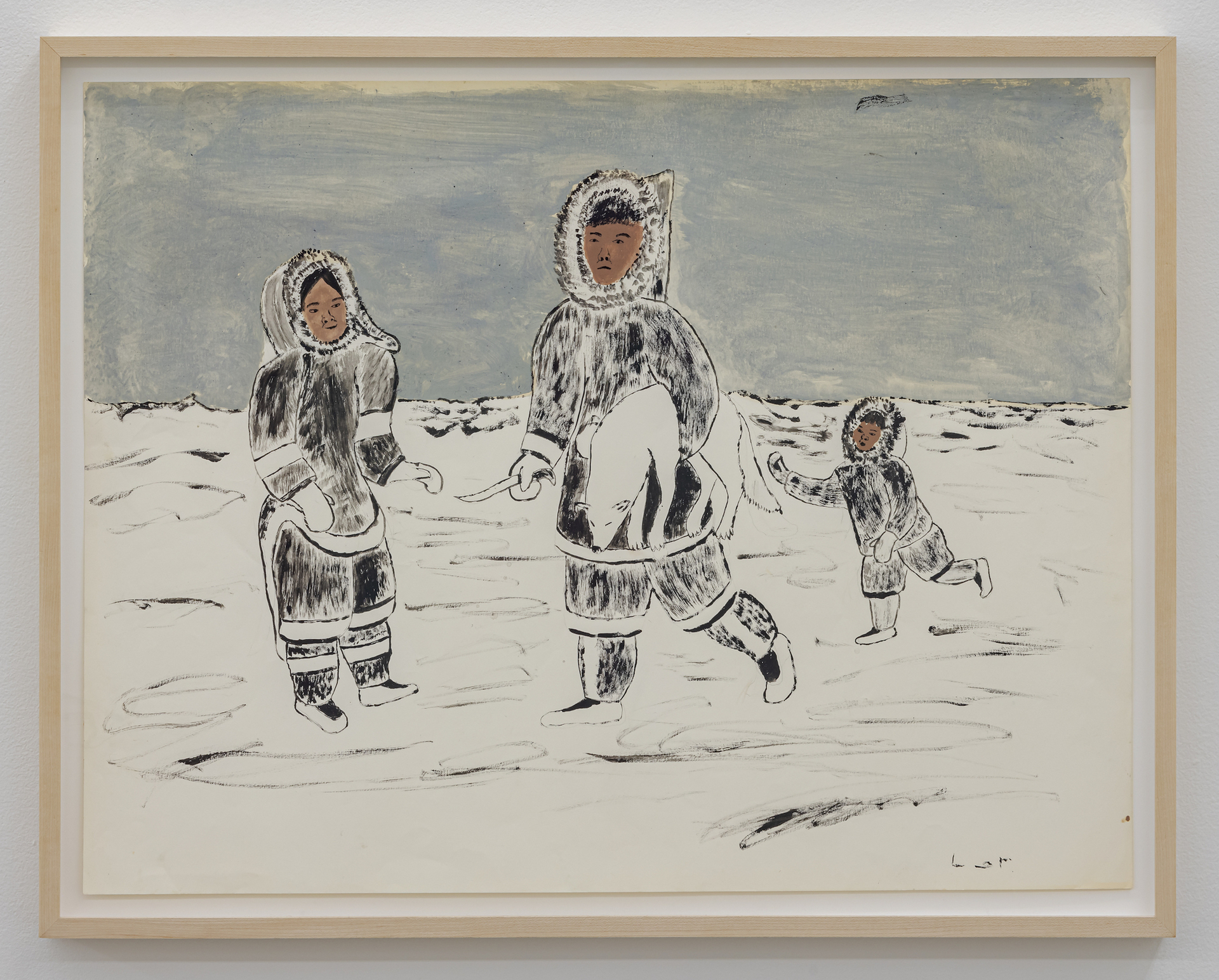



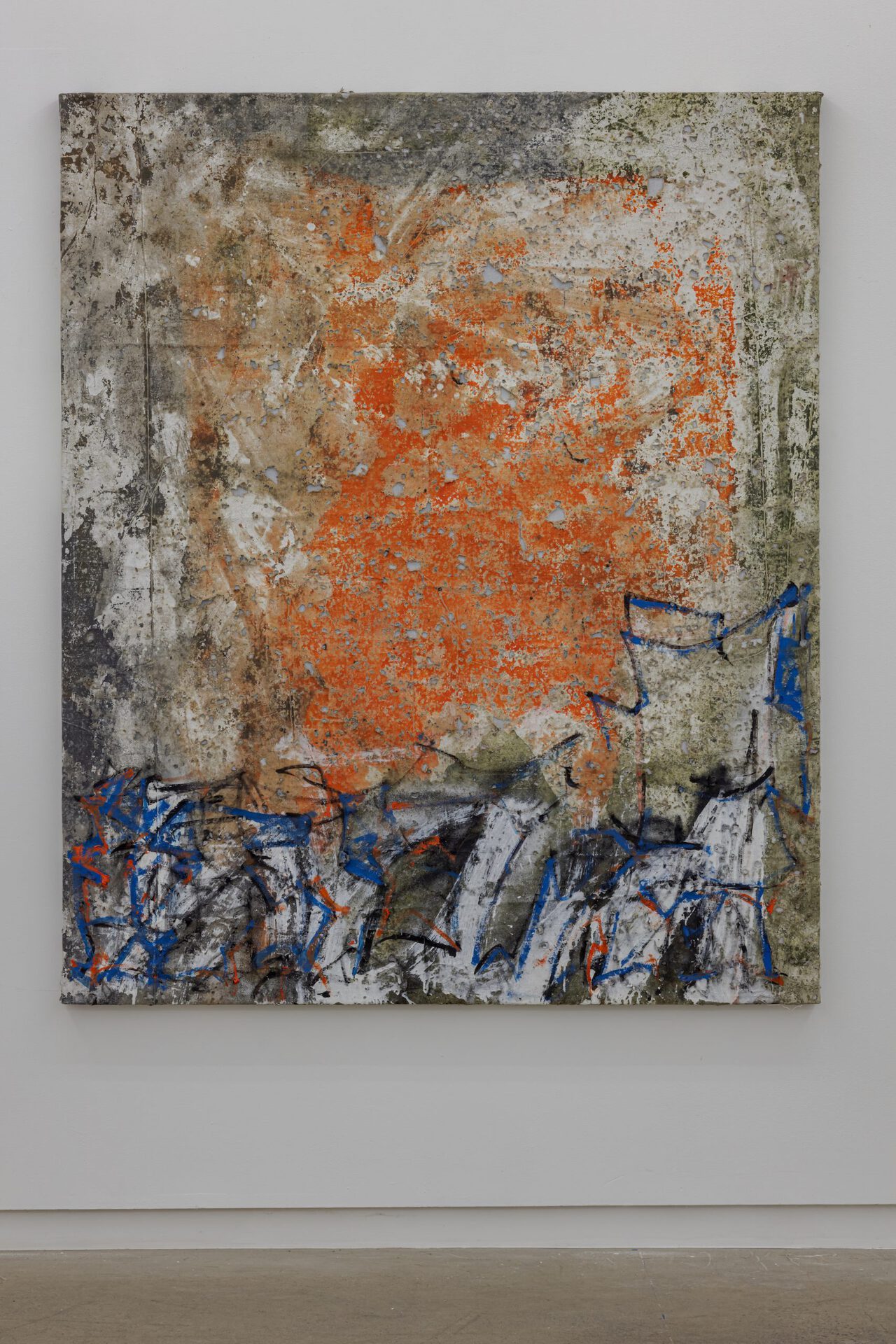
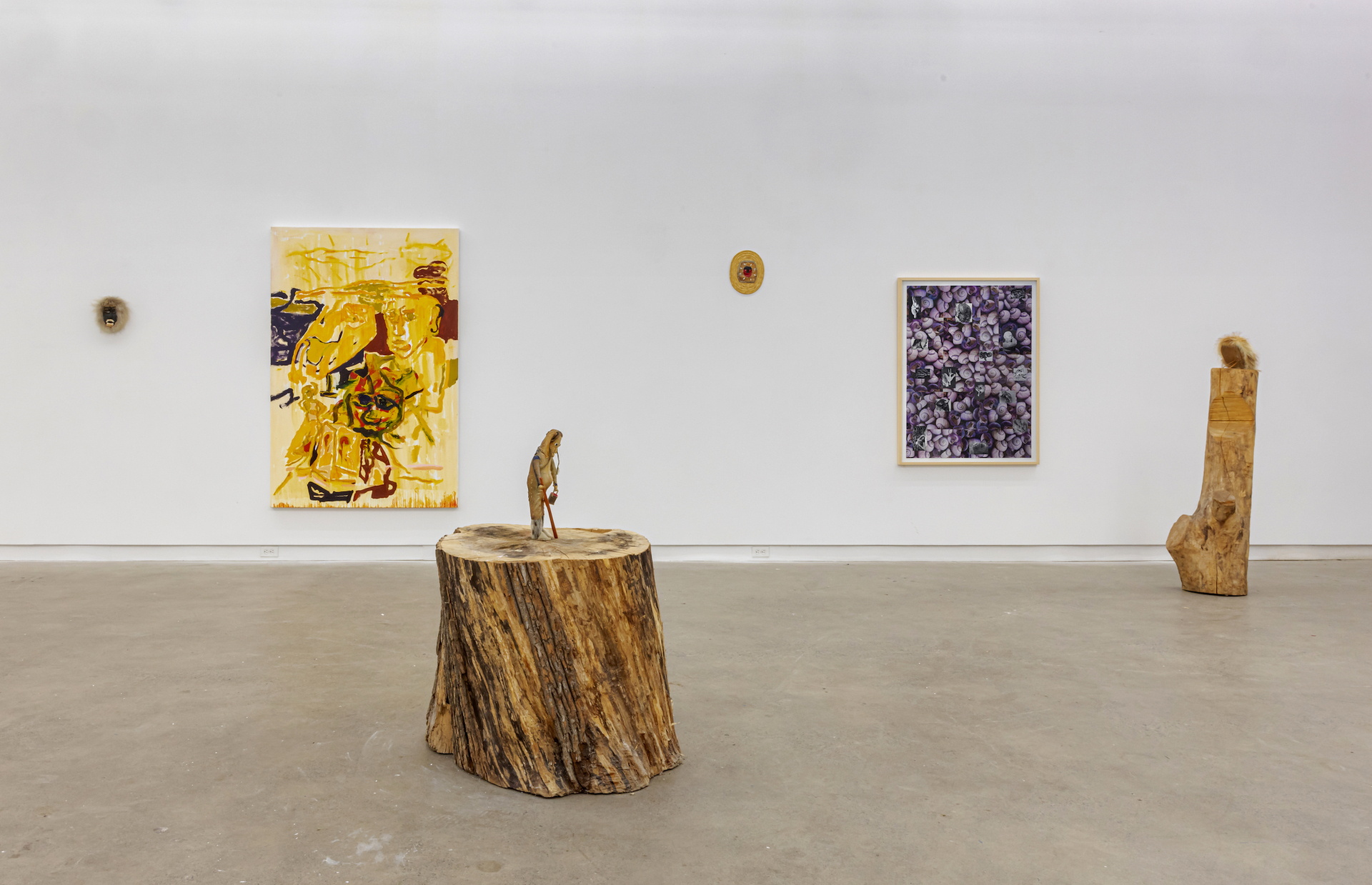
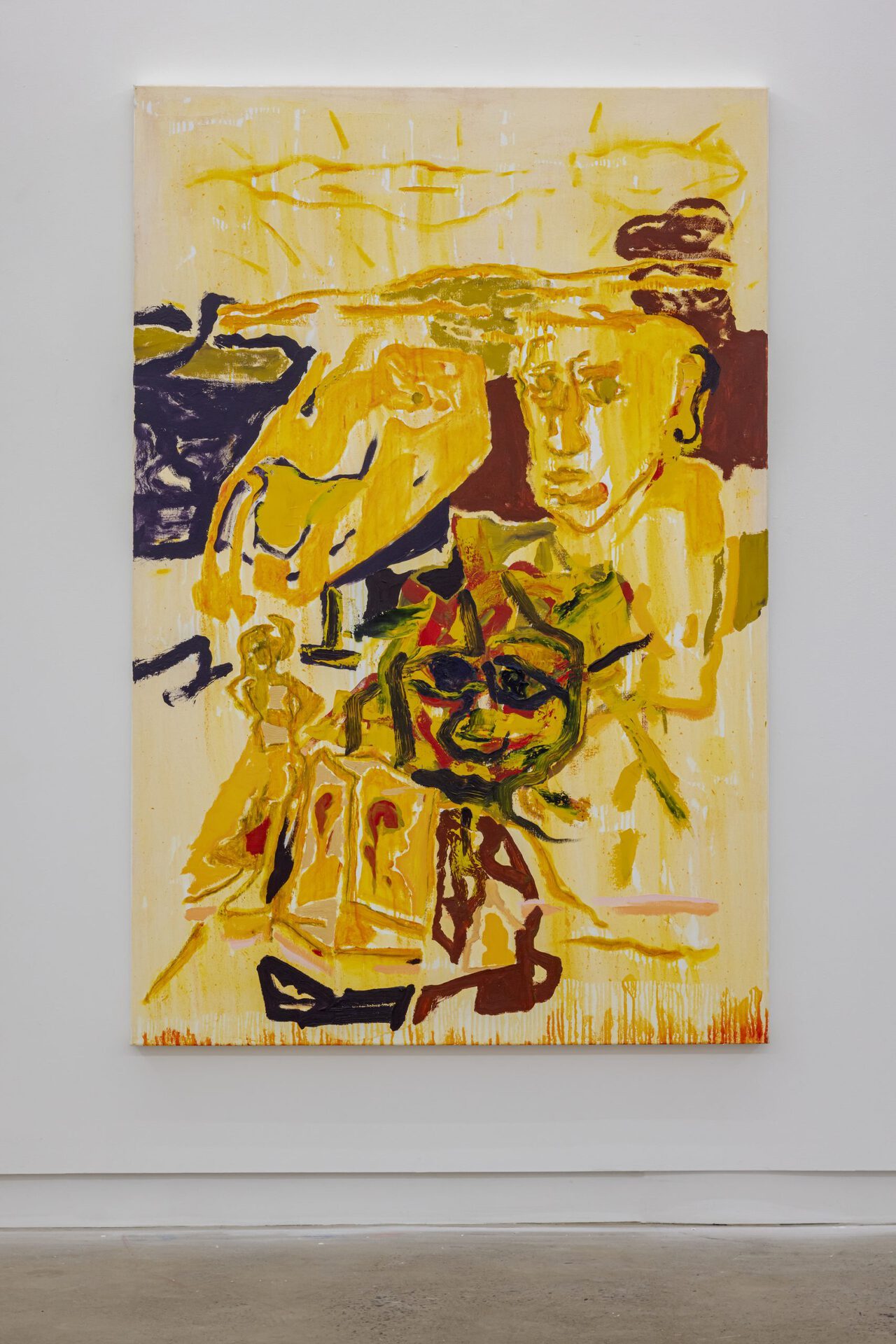



Location
Clint Roenisch GalleryDate
14.03 –14.05.2021Curator
Clint RoenischPhotography
Toni HafkenscheidSubheadline
André Ethier Dorian FitzGerald Kathleen Margaret Graham Stan Greene Jason de Haan Amos Kaganak Harold Klunder Niall McClelland Studio Morison Justus Mekiana Mannumi Shaqu Artist Unknown Until 15 May, 2021Text
“What the white men saw was not worship of the devil, but a people paying attention - being mindful of the spirit beings of their world with whom they had to live in harmony. They knew that the temporal and the spiritual were intertwined and they needed to maintain a balance between the two.”
- Harold Napoleon, Yuuyaraq, The Way Of The Human Being
“If you divide the world into them and us, and history into ours and theirs, or if you think of history as something only you and your affiliates possess, then no matter what you know, no matter how noble your intentions, you have taken one step toward the destruction of the world.”
― Robert Bringhurst, The Tree Of Meaning: Thirteen Talks
Clint Roenisch Gallery is pleased to present a group show of new and recent contemporary art set amongst older Inuit and Yup’ik artifacts and Coast Salish masks. It is hoped that in pairing this diverse material a kind of kinship might emerge between the works, across their various media, date stamps, intent and place of origin, to suggest a larger truth or connection between all things. The Thawing Of The Great Bear proposes a dialogue around transformation and flux, the mutability of myth across geographies, the maw of time and of geological forces, of the regenerative power of nature, of the passing down of wisdom and ways of being (or the broken links which prevent it) and of our tenuous place in the cosmos, particularly as unseen viruses again ravage us from within.
Ursa Major is a constellation in the Northern sky, whose associated mythology (in various forms across several world cultures) likely dates back into prehistory. Its Latin name can be translated as “Greater She Bear”. One of these myths concerns the Cosmic Hunt. As has been exhaustively reconstructed phylogenetically from probable Palaeolithic origins by Julien d’Huy *, the Cosmic Hunt is an old and widely distributed family of related myths. They are stories about a large animal that is pursued by hunters, is wounded, and is transformed into a constellation. Often the prey animal is either a deer or a bear, and the constellation it is transformed into is typically the four stars of the bowl in the Big Dipper asterism. The three stars of the handle are the hunters. In other versions the three stars are a lone hunter, their dog and a cooking pot. In some variants blood or grease may fall from the wounded animal; in an Iroquois version the blood causes leaves to change colour in autumn. D’Huy suggests that the original prototype of the myth must have been invented at least 15,000 years ago for it to have diffused across the Bering land bridge. In Yup’ik cultures, the Big Dipper is known as Tunturyuk, the caribou. The idea of the firmament pulsing with life and story hangs over the exhibition. As Oscar Kawagley reminds us, “In Yupiaq being, the three realms of the human, the natural and the spiritual are inseparable. The Spirit Of The Universe conceived and made the heavens and the earth and continues to flow through all our constructs.”
In recognition of the Yup'ik works in the exhibition a portion of sales will be donated to the National Indigenous Women's Resource Center.
Clint Roenisch